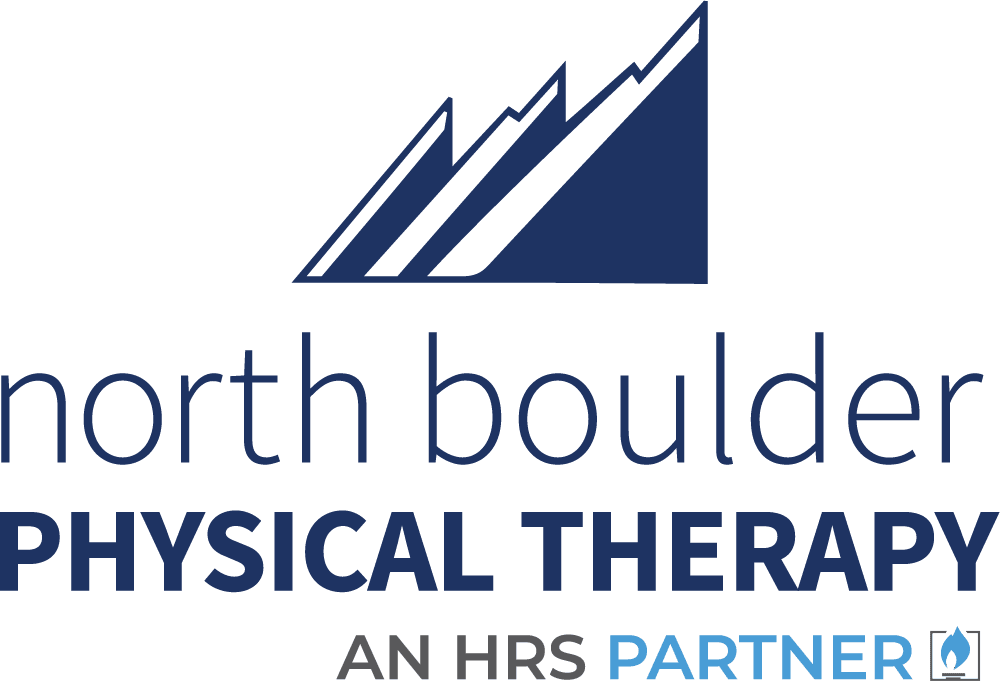Our frequently asked questions help answer many of the questions and concerns we receive from new patients before the first visit regarding services, insurance, billing and processes.

An initial evaluation is considered your first visit as a patient of our clinic. The initial evaluation is a detailed visit with your physical therapist to determine a plan of care to best treat your condition. Often this includes a conversation about your condition, health history and goals. These visits often include stretches and exercises. Following your initial evaluation, you will work with us to schedule your next visits to help you get back to doing life better.
This depends on your individual needs. You and your therapist will develop a treatment plan together. This usually consists of two to three visits per week depending on your condition.
Physical therapists are movement experts who work with patients to enhance quality of life with exercise, hands-on care and education. Physical therapists, after making a diagnosis, create personalized care plans to improve mobility, manage pain and chronic conditions, recover from an injury and prevent future injuries. Physical therapists treat people of all ages.
Physical therapist assistants and certified occupational therapist assistants are licensed clinicians who work under the direction and supervision of physical therapists or occupational therapists. Like physical and occupational therapists, they help patients recover from injuries, regain movement and manage pain. Physical therapist assistants and certified occupational therapist assistants treat people of all ages.
Absolutely! We provide treatment services for pediatric therapy and can work closely with your physician, schools and early childhood intervention program. Our therapists have experience working with children of all ages.
Physical therapy, for some conditions, has been found to be as effective as surgery. Consider physical therapy before undergoing expensive and invasive surgeries.
The Centers for Disease Control and Prevention urges health care providers to reduce the use of opioids in favor of safe alternatives for long-term pain management. Physical therapy is a safe alternative. Physical therapy treats pain through hands-on care, movement and education.
Physical therapy and hand therapy can help with a wide variety of symptoms and conditions including but not limited to: ankle and foot pain, arthritis and joint pain, athletic injuries, Carpal Tunnel Syndrome, chronic pain, disc injuries, fall prevention and balance training, fibromyalgia, hand, wrist and elbow pain, headaches, hip and knee pain, low back and neck pain, mild stroke, nerve impingement, neurological rehabilitation, sciatica, shoulder pain, spine conditions, sprains and strains, stenosis, tendonitis, tennis or golfer’s elbow, temporomandibular joint and jaw pain, vestibular therapy, women’s health and worker’s compensation injuries.
We are here to help! Please let your physical or hand therapist know of any other issues or new injuries. We work on the entire body, so chances are we can help you. If physical or hand therapy is an option for treating your new condition, we may modify your current plan of care to accommodate your new injury. Or we may establish a separate plan of care to address the other condition(s). We’ll work with you to determine the best path to get you better.
Physical and hand therapists’ end goal is for patients to get to the point where you can maintain on your own. In order to do that, they will push you beyond your comfort zone a little bit. Physical and hand therapists will encourage you to go beyond what you think you can do to help you get back to being independent. Most people only go to therapy a few times each week. Stretching and strengthening exercises need to be done almost daily to get the improvement you need. Your physical or hand therapist will work with you to develop a home exercise program. And yes, therapists can tell if someone is doing their home exercises or not.
Physical therapy and hand therapy take patience and perseverance. Different injuries and tissues require certain amounts of time to repair themselves. Trying to speed up the process increases your risk for re-injury. Physical therapy and hand therapy are not a quick fix and if you want lasting results you need to see the program through to the end.
Physical therapy deals with the entire body and physical therapists focus on walking, balance and overall strength. Occupational therapy specializes mainly in the upper extremities, arms and hands and is very task-oriented and focuses more on fine motor skills, memory exercises and cognitive strategies. It is common for both physical therapists and occupational therapists to work with doctors, nurses, social workers, speech or recreational therapists. We have both physical therapists and occupational therapists on our staff.
